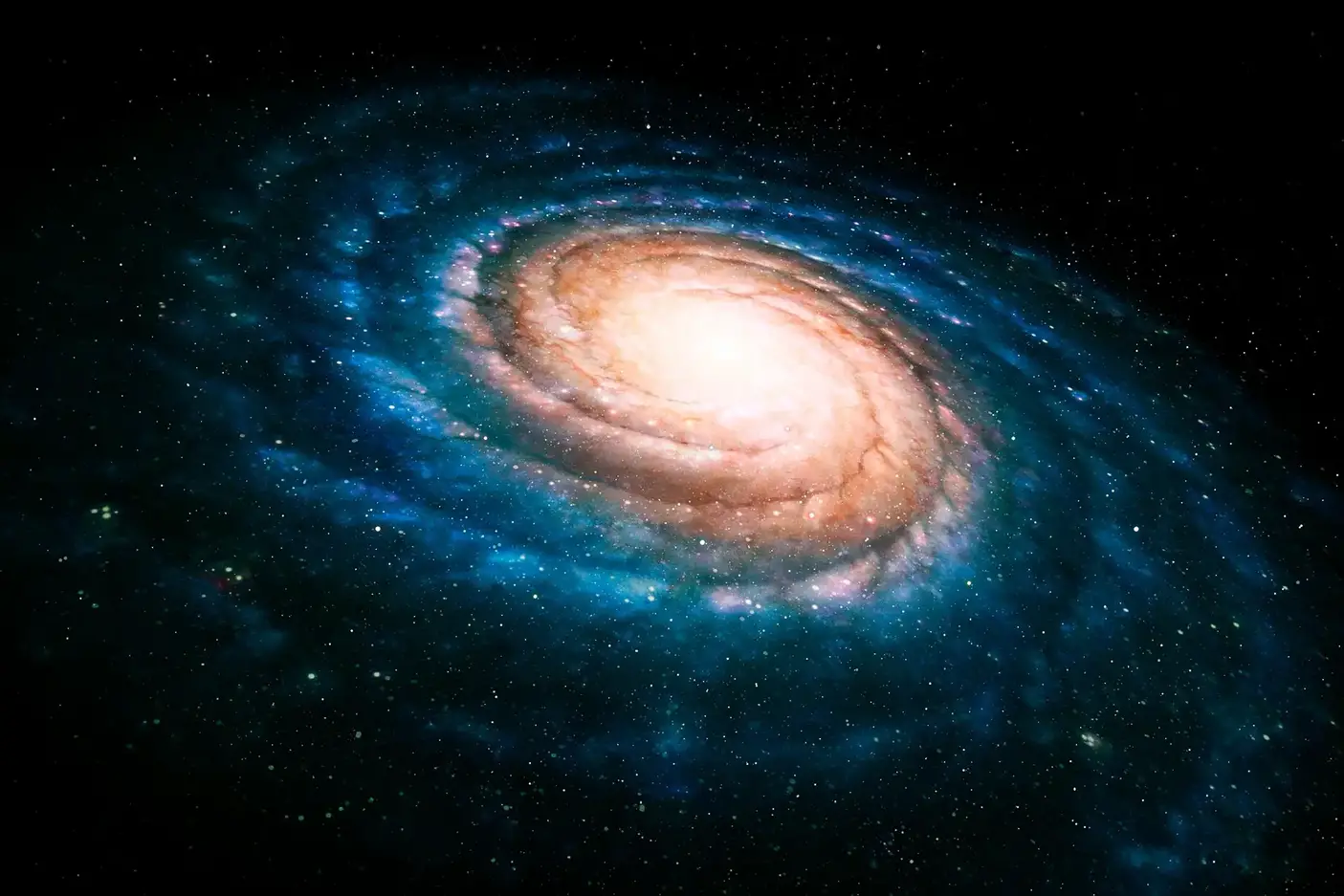GS-9209, a galaxy discovered by Edinburgh researchers and detailed by the James Webb Space Telescope, is the earliest known quiescent galaxy, forming 600 to 800 million years after the Big Bang and ceasing star production half a billion years later. Despite being smaller than the Milky Way, it contains a similar number of stars and a central supermassive black hole five times larger than anticipated, which may have halted star formation by emitting high-energy radiation that drove out galactic gas.

Utilizing the most powerful telescope to date, astronomers have identified a colossal and tightly clustered galaxy situated 25 billion light-years away.
GS-9209, a galaxy that emerged just 600 to 800 million years following the Big Bang, has been identified as the earliest galaxy of its type ever discovered, according to scientists.
Detailed properties of GS-9209 were revealed for the first time through the use of the James Webb Space Telescope, under the direction of a team of researchers from Edinburgh.
Star-studded galaxy
Despite being around 10 times smaller than the Milky Way, GS-9209 has a similar number of stars to our own galaxy.
These have a combined mass around 40 billion times that of our Sun, and were formed rapidly before star formation in GS-9209 stopped, the team says.
GS-9209 is the earliest known example of a galaxy no longer forming stars – known as a quiescent galaxy. When the team observed it at 1.25 billion years after the Big Bang, no stars had formed in the galaxy for about half a billion years.

GS-9209 observed by the James Webb Space Telescope next to other galaxies. Credit: G. Brammer, C. Williams, A. Carnall
Vast distance
The galaxy is 25 billion light years away today, researchers say, but when the light started traveling from it to us about 12.5 billion years ago, it was much closer, because the Universe is expanding.
This means, despite the Universe being an estimated 13.8 billion years old, it is possible to see things as far away as around 45 billion light-years, they add.
Shutdown theory
The analysis also shows that GS-9209 contains a supermassive black hole at its center that is five times larger than astronomers might anticipate in a galaxy with this number of stars. The discovery could explain why GS-9209 stopped forming new stars, the team says.
The growth of supermassive black holes releases huge amounts of high-energy radiation, which can heat up and push gas out of galaxies. This could have caused star formation in GS-9209 to stop, as stars form when clouds of dust and gas particles inside galaxies collapse under their own weight.
Dr. Adam Carnall states, “The James Webb Space Telescope has already demonstrated that galaxies were growing larger and earlier than we ever suspected during the first billion years of cosmic history. This work gives us our first really detailed look at the properties of these early galaxies, charting in detail the history of GS-9209, which managed to form as many stars as our own Milky Way in just 800 million years after the Big Bang.”
He continues, “The fact that we also see a very massive black hole in this galaxy was a big surprise, and lends a lot of weight to the idea that these black holes are what shut down star formation in early galaxies.”
Galaxy discovery
GS-9209 was first discovered in 2004 by Edinburgh Ph.D. student Karina Caputi, who was supervised at the time by Professors Jim Dunlop and Ross McLure in the University’s School of Physics and Astronomy. Caputi is now a Professor at the University of Groningen, Netherlands.
Reference: “A massive quiescent galaxy at redshift 4.658” by Adam C. Carnall, Ross J. McLure, James S. Dunlop, Derek J. McLeod, Vivienne Wild, Fergus Cullen, Dan Magee, Ryan Begley, Andrea Cimatti, Callum T. Donnan, Massissilia L. Hamadouche, Sophie M. Jewell and Sam Walker, 22 May 2023, Nature.DOI: 10.1038/s41586-023-06158-6
The study was funded by the Leverhulme Trust, Science and Technology Facilities Council, and UK Research and Innovation.





